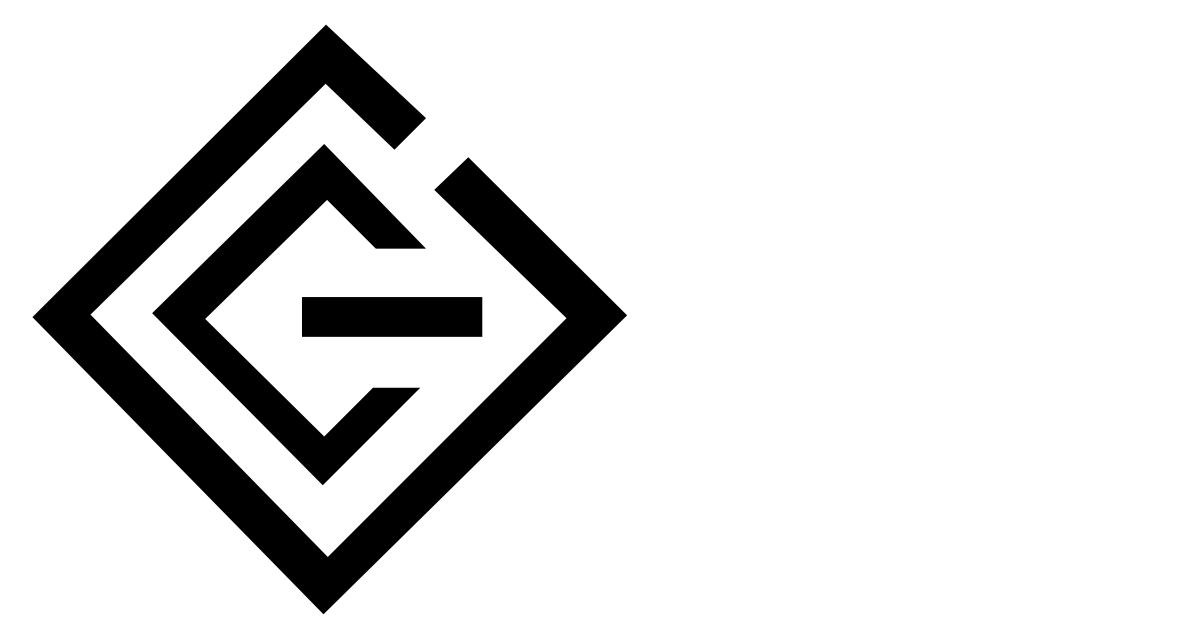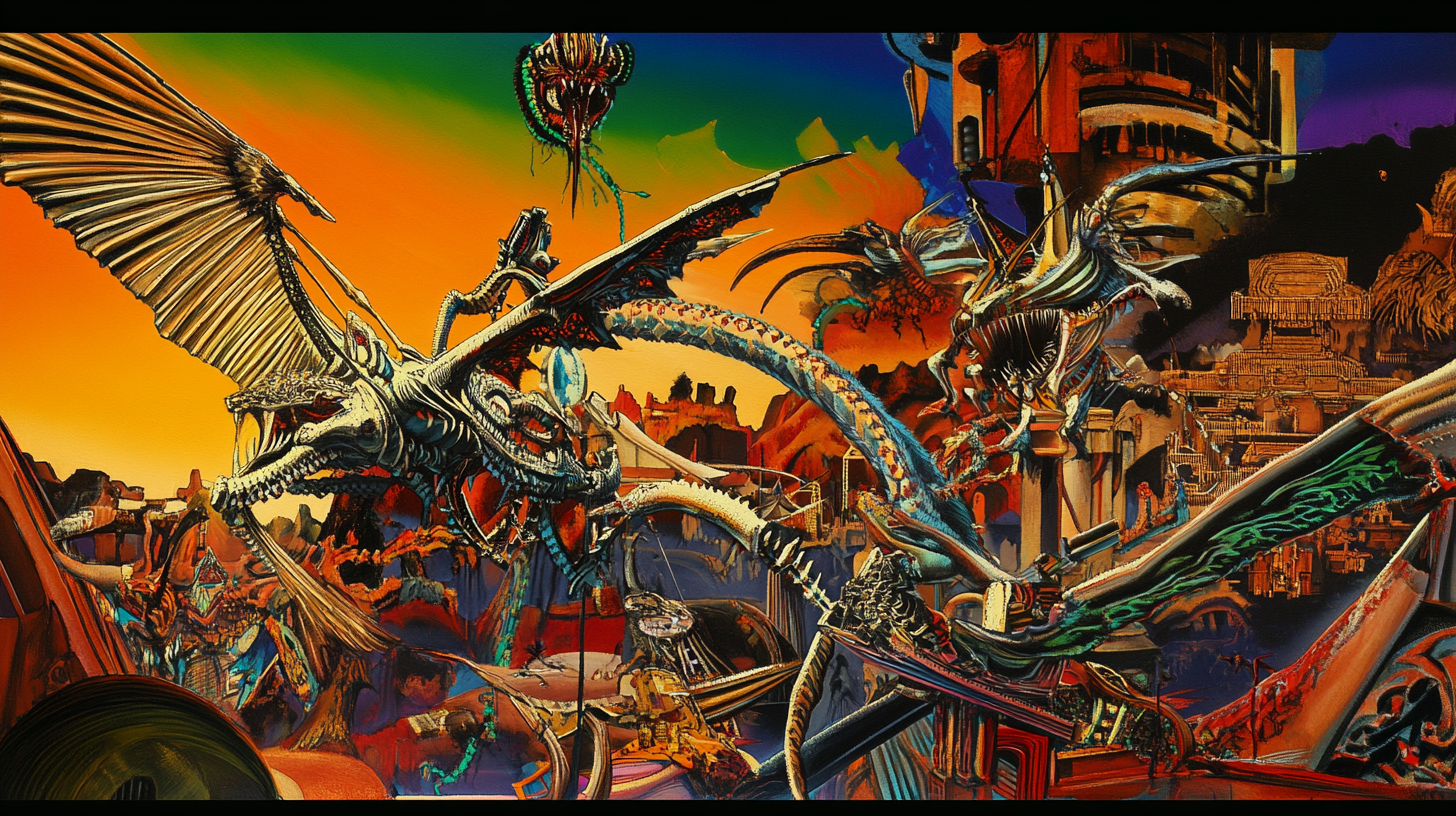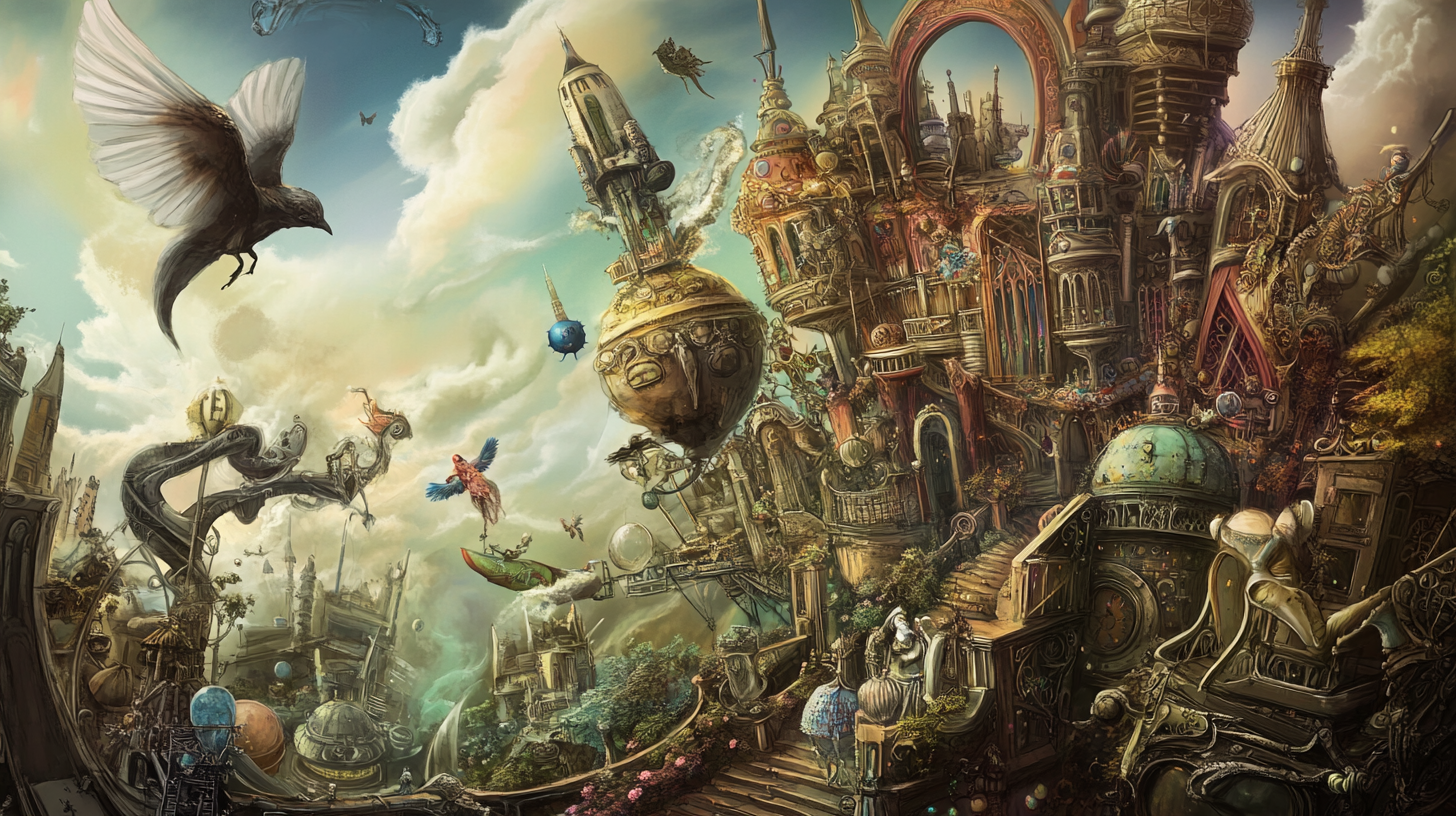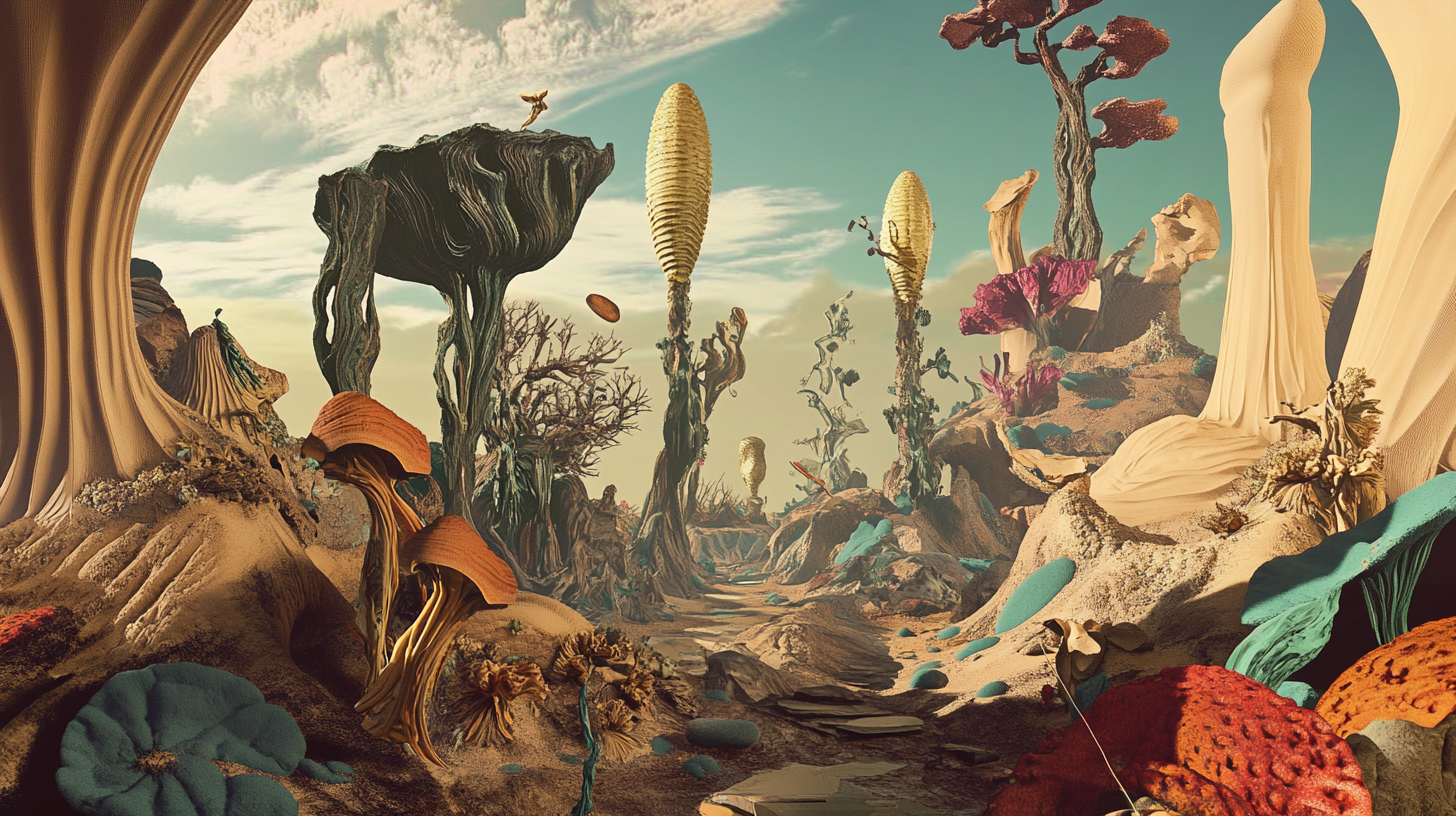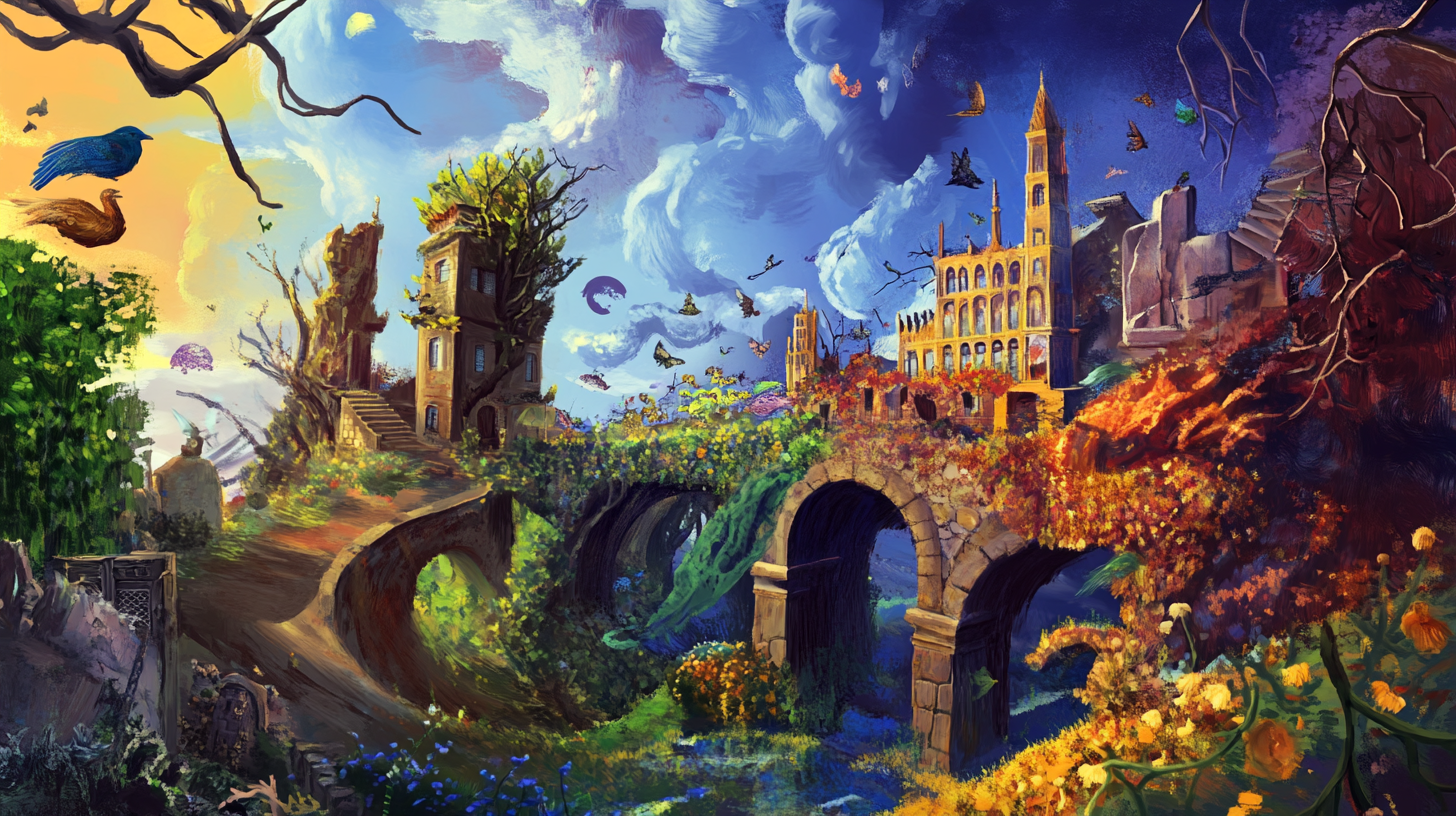Graffiti Art
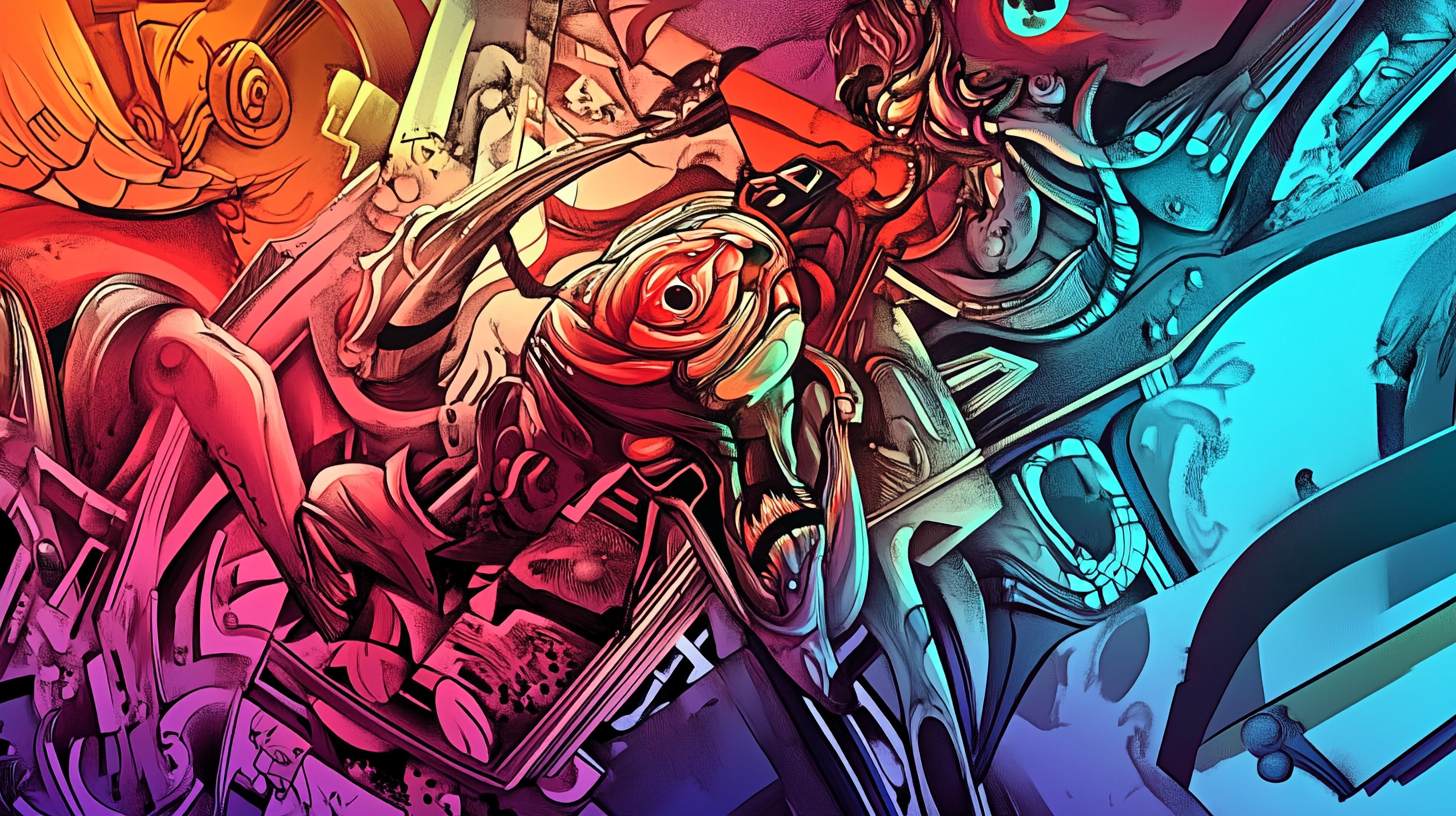 AI-Generated ImageAI-Generated Image
AI-Generated ImageAI-Generated Image Graffiti is a raw and expressive art movement born from the pulse of urban life, defined by spray-painted lettering, bold imagery, and unfiltered visual energy. Emerging in the 1970s on the streets and subways of New York City, graffiti began as an underground language of rebellion, identity, and social commentary. It transformed public walls into canvases of defiance and creativity. Today, the Output.GURU AI creative generator reinterprets this rebellious legacy through AI graffiti culture art, where algorithms and street-inspired aesthetics collide to produce AI-generated art that bridges digital precision and raw human expression.
Graffiti art typically features vivid colors, stylized lettering, dynamic compositions, and layered textures. It ranges from quick tags to complex murals and often reflects themes like resistance, community, politics, hip-hop culture, and personal expression.
In digital and AI-generated contexts, graffiti style channels the grit, vibrancy, and cultural edge of urban art—perfect for works that aim to feel rebellious, youthful, loud, or anti-establishment, while embracing the aesthetic of the streets.
 AI-Generated Image
AI-Generated Image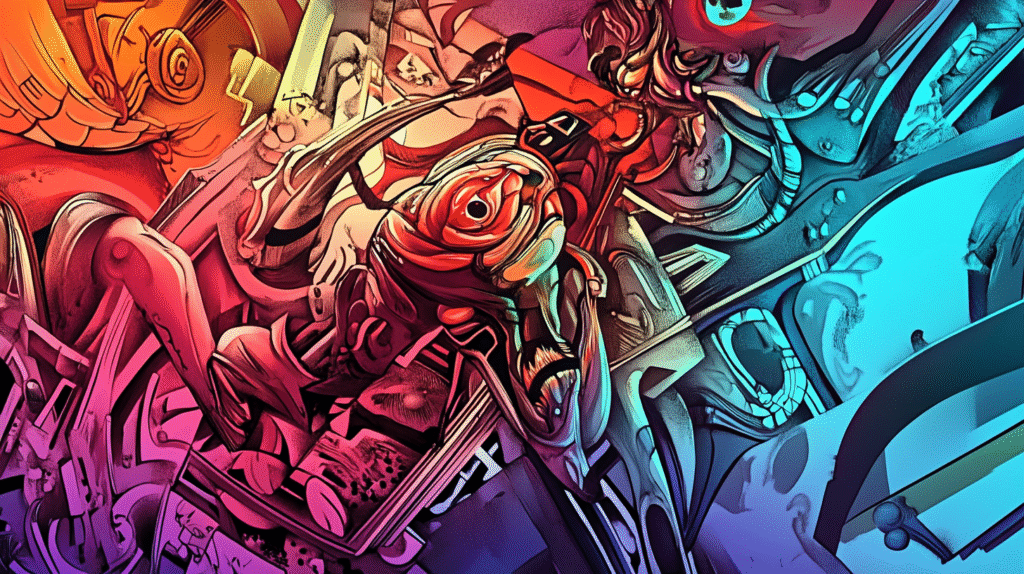 AI-Generated Image
AI-Generated Image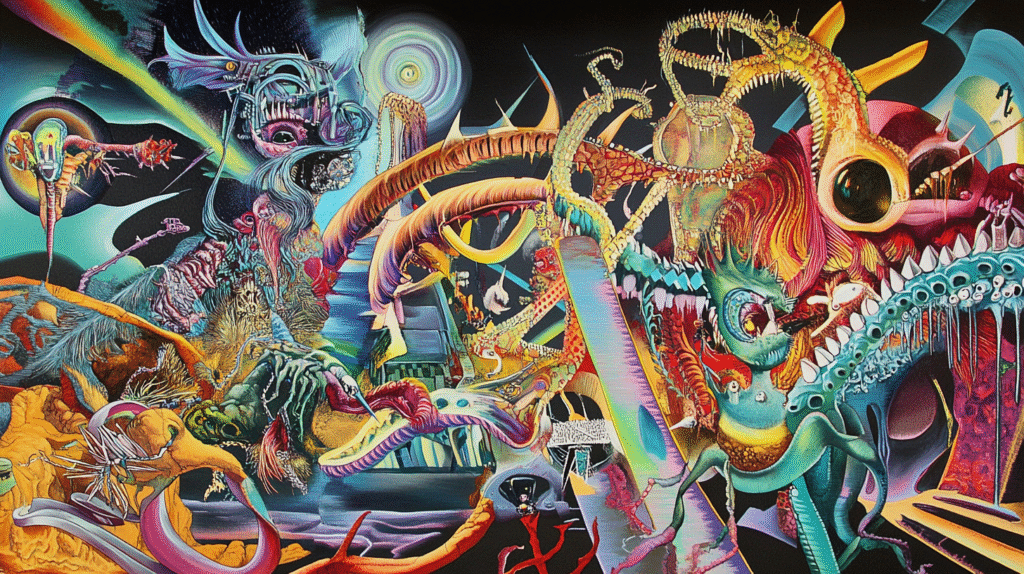 AI-Generated Image
AI-Generated Image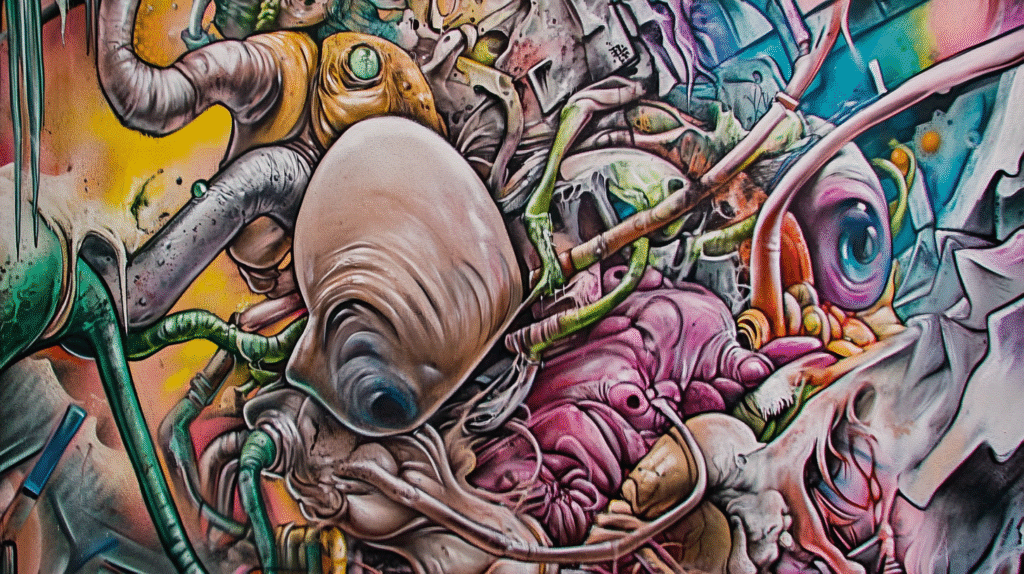 AI-Generated Image
AI-Generated ImageFrequently Asked Questions
What are the main characteristics of graffiti art?
Graffiti art is characterized by spray-painted text, bold imagery, vivid colors, stylized lettering, dynamic compositions, and layered textures.
When did graffiti art originate?
Graffiti art originated in the 1970s in cities like New York.
What themes does graffiti art often reflect?
Graffiti art often reflects themes like resistance, community, politics, hip-hop culture, and personal expression.
